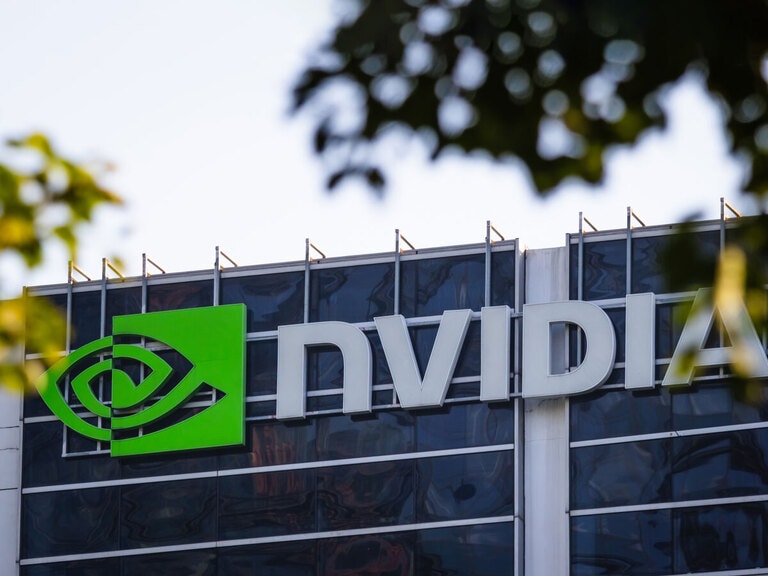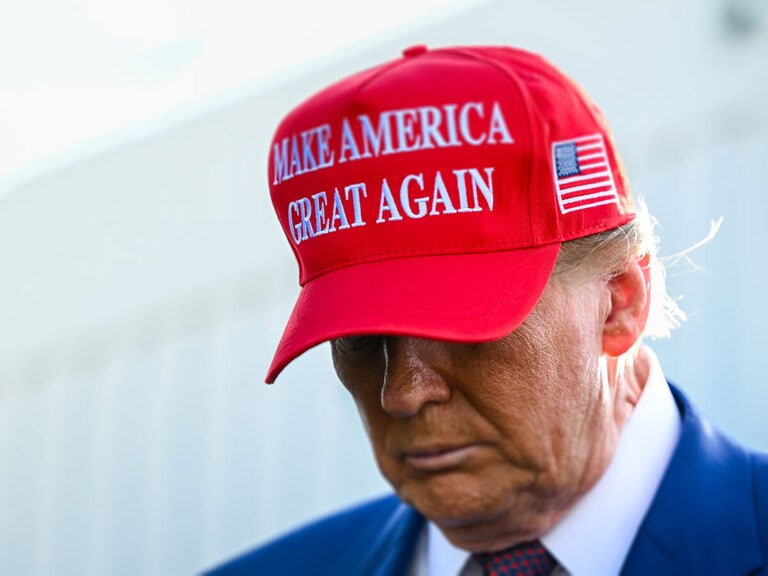Following a string of difficult earnings reports characterised by falling revenues and profits, analysts are expecting a turnaround for Tencent’s share price in 2020 — despite the recent coronavirus plunge. What signals could its Q4 2019 earnings report provide?
A lot of superlatives can be used to describe Tencent Holdings Ltd [0700.HK]. One of the world’s biggest technology companies, led by one of China’s richest men Ma Huateng. It’s the world’s largest gaming firm and one of Asia’s biggest social media companies (through its apps WeChat and Weibo). It’s also an ecommerce competitor to Alibaba in China and runs a payment service similar to PayPal.
An investment powerhouse too, it fully or partly owns many companies through its investment and venture capital arms, including a 20% stake in JD.com, 40% ownership of Fortnite creator Epic Games and a majority equity voting stake in Finnish game maker Supercell, to name just a few. But has this impressive acumen been reflected in the Tencent’s share price performance?
Tencent’s diversified approach and clever investments have enabled the company, and it share price, to grow rapidly since it was founded in 1998. But following a speedy rise for the first 20 years of its existence, and in particular, since it went public in Hong Kong in 2004, share price gains came to an abrupt stop in 2018 amid a wider China slowdown and a string of disappointing earnings from the firm.
After gaining more than 700% in the five years up to its all-time high of HK$474.6 in January 2018 — and over 5,000% over the decade leading up to that level — Tencent’s share price fell 23% throughout 2018, and gained just 19.2% in 2019.
And while Tencent’s share price had a strong start to 2020 — rising 9.3% in the first six weeks of the year — it’s now struggling as coronavirus panic takes hold of markets around the world. From 19 February up to 13 March, Tencent’s share price has dropped 13%.
What’s expected from earnings?
Tencent is set to report its fourth quarter 2019 results (for the three months ending December 2019) on 18 March. Earnings are expected to come in at 39 cents per share, above Q3 2019’s 36 cents per share.
For Q3, Tencent matched analysts’ earnings per share estimates but came in slightly under for revenue at $13.75bn against an estimated $13.9bn. It was, however, an important 21% year-on-year gain in revenue. Despite a 13% decline in profit, it appeared Tencent was taking steps in the right direction. For Q4 2018, it had posted a year-on-year profit decline of 32%, its largest fall since it went public.
While the Q3 earnings results reported 13 November 2019 initially caused the stock to drop 3.5% throughout the day, Tencent began a somewhat unexpected rally a month later, gaining 17.6% between 11 December and 10 January, baffling many analysts in the process.
“The stock is rising partly due to a better earnings outlook,” Kevin Tam, an analyst at Core Pacific-Yamaichi International told Bloomberg in January. “Its gaming product PUBG Mobile has done very well recently and there are some good signs for its new businesses.”
Bullish outlook
Other analysts have turned more bullish since Q3. Writing on Seeking Alpha in late November, independent analyst Ryan Daniels commented: “[The Tencent] ecosystem continues to gain traction hitting 1.15 billion in monthly active users. New growth engines are emerging, led by fintech, mobile games, and social ads. Yet, shares are trading at the low end of its historical EV/EBITDA multiple range.” Daniels argues that Tecent’s share price has a potential 43% upside.
"New growth engines are emerging, led by fintech, mobile games, and social ads. Yet, shares are trading at the low end of its historical EV/EBITDA multiple range" - independent analyst Ryan Daniels
Most analysts appear to agree with Daniels. Of 47 analysts tracked by Refinitiv, 19 rate Tencent a buy, 25 rate it outperform and three say it’s a hold. None rate the firm a sell.
Virus fears
Investors will undoubtedly be looking for new revenue growth and for Tencent to report positive profit in order to fulfil a prevailing turnaround argument for the firm, but the recent drop caused by the coronavirus outbreak may also help Tencent’s case, particularly in the long term.
| Market Cap | $410.465bn |
| PE ratio (TTM) | 31.47 |
| EPS (TTM) | 1.36 |
| Quarterly Revenue Growth (YoY) | 20.60% |
Tencent share price vitals, Yahoo Finance, 16 March 2020
In early February, Simply Wall Street concluded that Tencent’s value sat at around 1.5% below its intrinsic value. While the outlook was positive, “it’s worth further examining other factors such as the strength of its balance sheet, in order to take advantage of the next price drop,” the analysts concluded.
That drop has now come, with the stock trading 9% off its 7 February price as of 13 March. With a further drop likely ahead of the firm’s earnings report, positive results which show the firm is making revenue and profitability progress, could signal that the stock is indeed a buy.
Continue reading for FREE
- Includes free newsletter updates, unsubscribe anytime. Privacy policy





